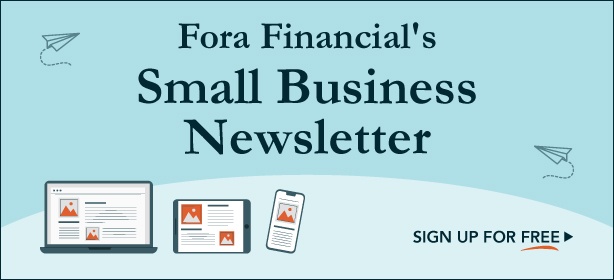April 06, 2022
Working Capital Cycles: How to Improve Your Business’s Cycle
The working capital cycle measures how quickly a business can turn its current assets into cash. Understanding how it works can help small business owners manage their company’s cash flow, improve efficiency, and make money faster.
This blog post will provide a breakdown of what a working capital cycle is, what affects it, and how it can affect your small business’s finances. We’ll also offer tips on managing the working capital cycle and making it work for your business.

What Is Working Capital?
There are a few key phrases that you should understand to calculate working capital for your business. In the section below, we’ll review some common terms needed to manage working capital properly. To start, you should understand net working capital, which means you’ll need to understand your current assets.
Current Assets
Current assets can be converted to cash in a short period; “current” or “short term” typically refers to one year in financial parlance. A business’s current assets might include the following:- Inventory
- Accounts receivable
- Prepaid expenses
- Short-term investments
Current Liabilities
Your firm’s current liabilities are its debts and obligations within the same period. A business’s current liabilities include:- Vendor bills
- Payroll expenses
- Existing loans
What Affects the Working Capital Cycle?
The stages of a working capital cycle will vary depending on your business’s industry and how you operate, but the key elements will be the same. For accounting purposes, you can measure the working capital cycle by how long inventory takes to move and the number of days it takes to receive a cash payment from the sale, subtracted by how long your business has to pay its bills. For instance, the working capital cycle for a retail company might involve:- Purchasing raw materials on credit to begin the cycle.
- Selling the product over several weeks.
- Collecting cash from credit card sales a month later.